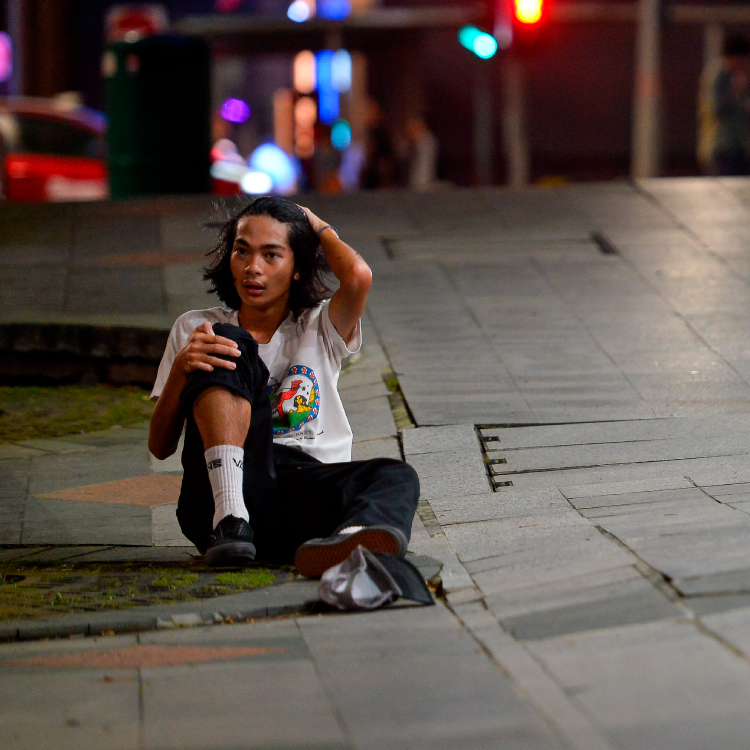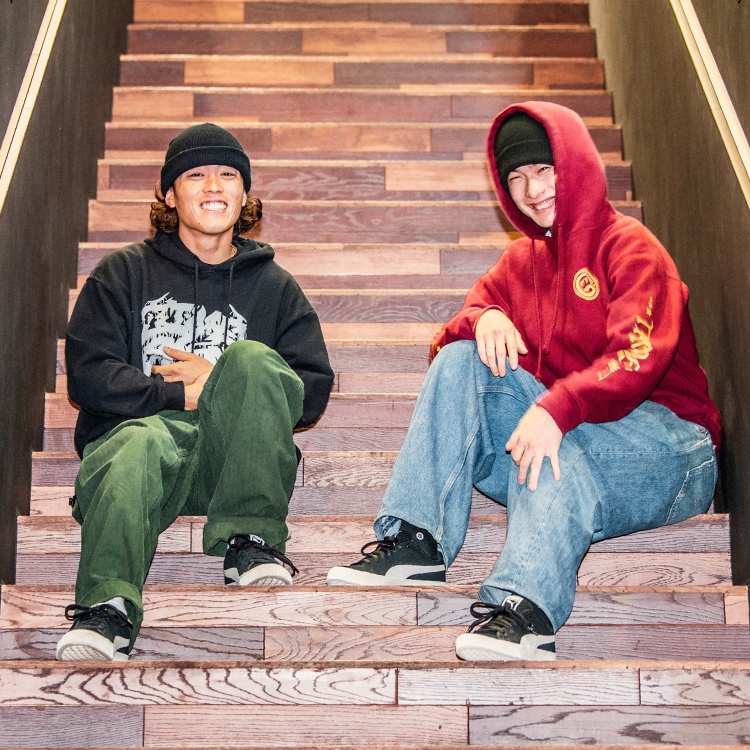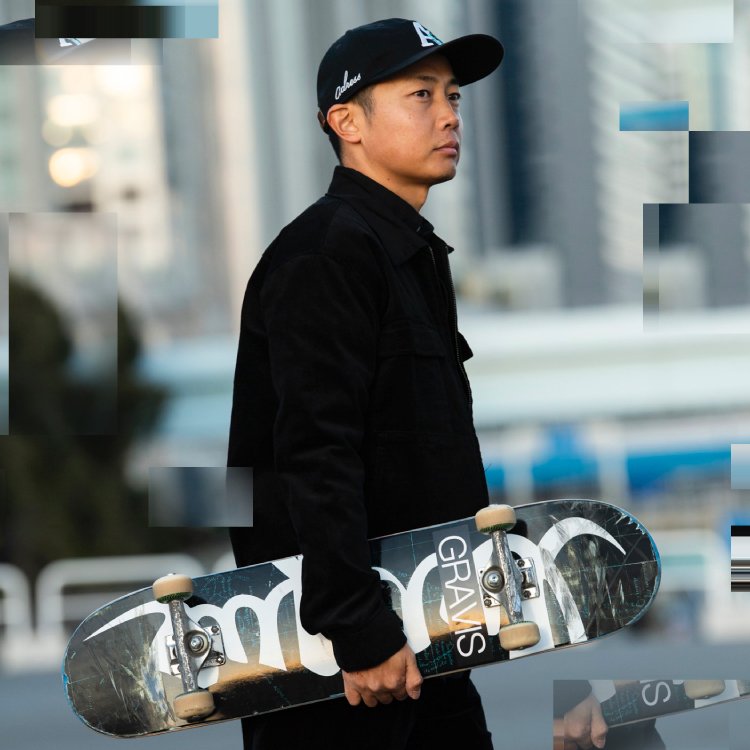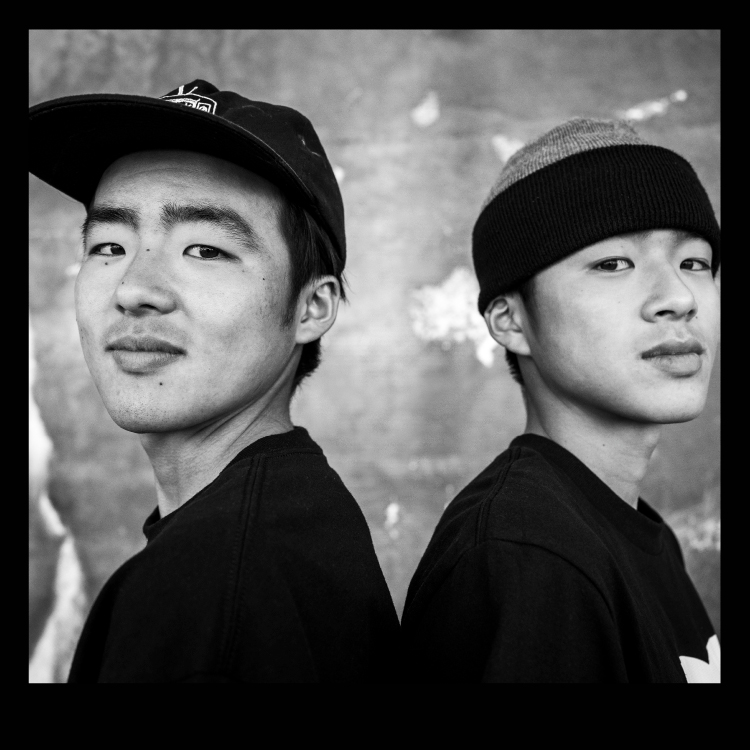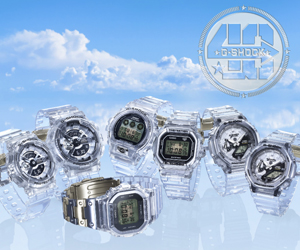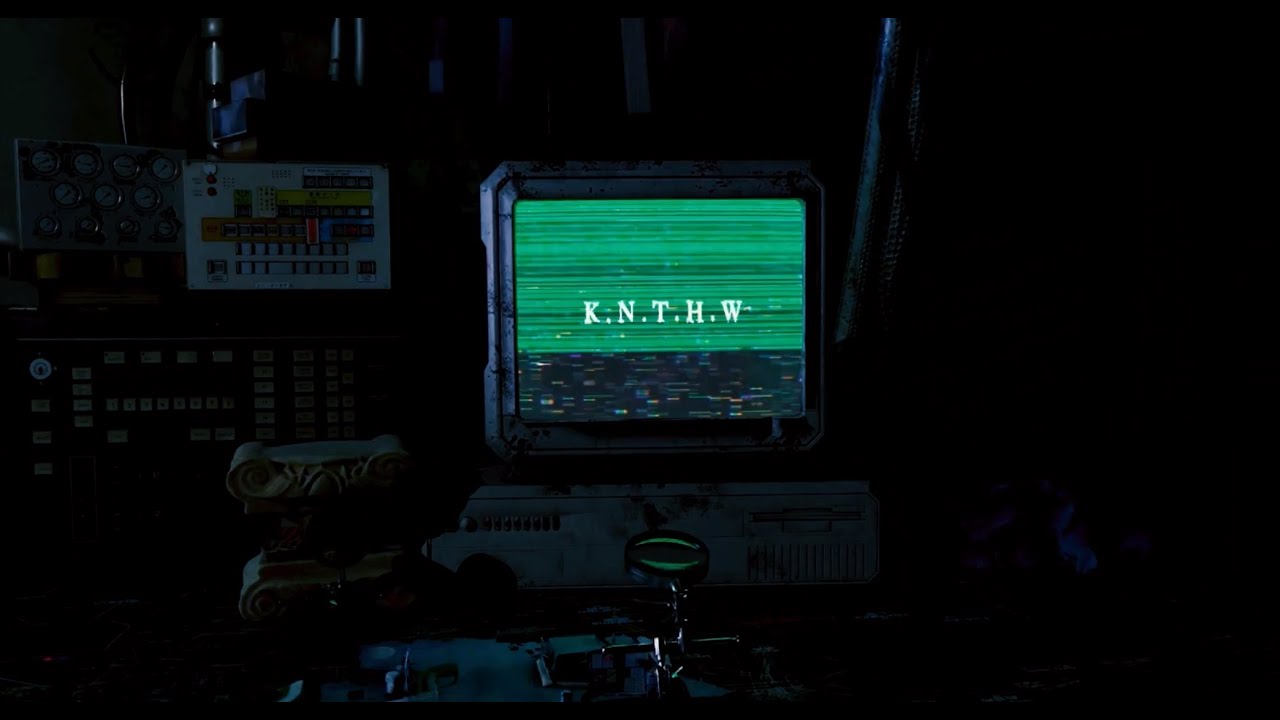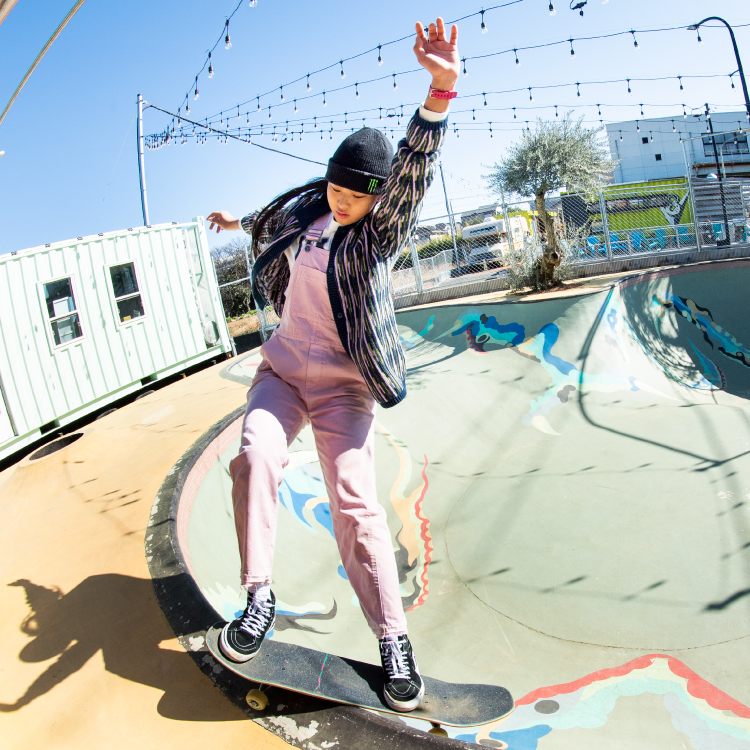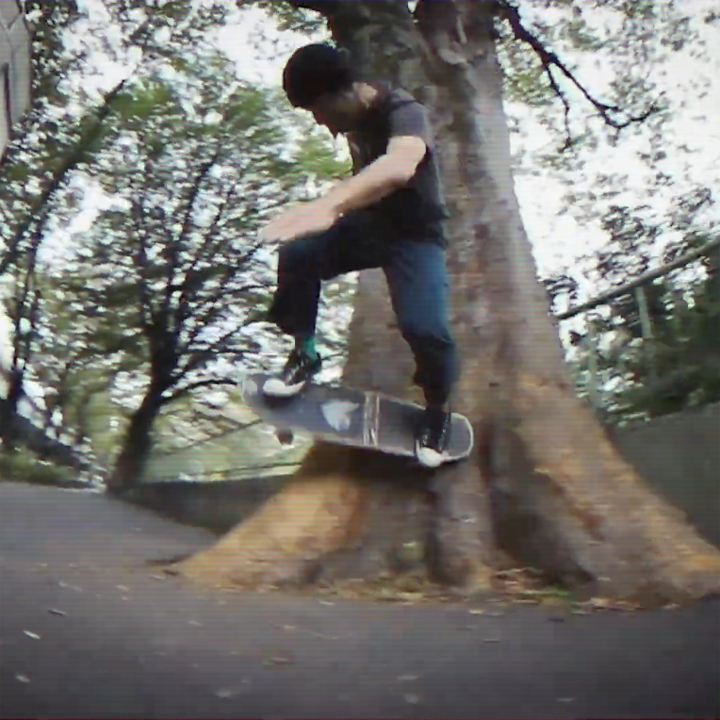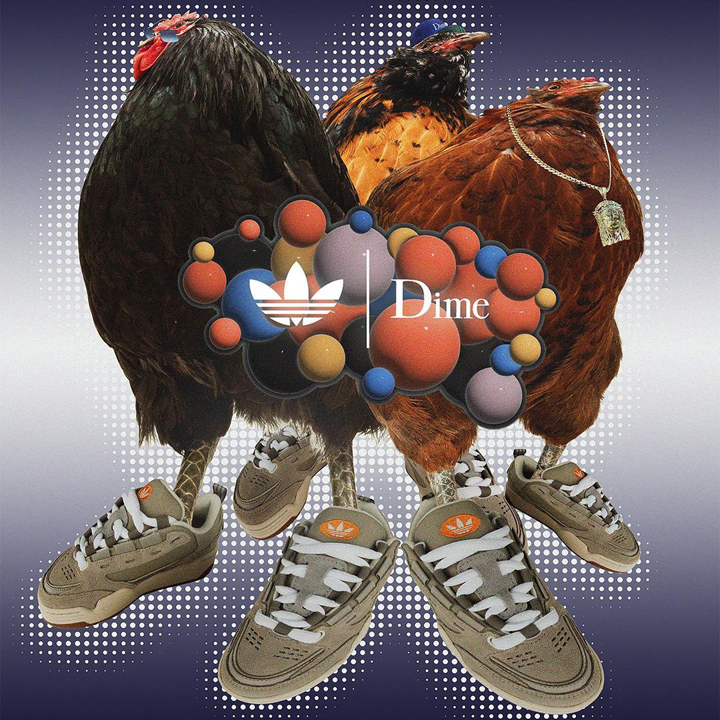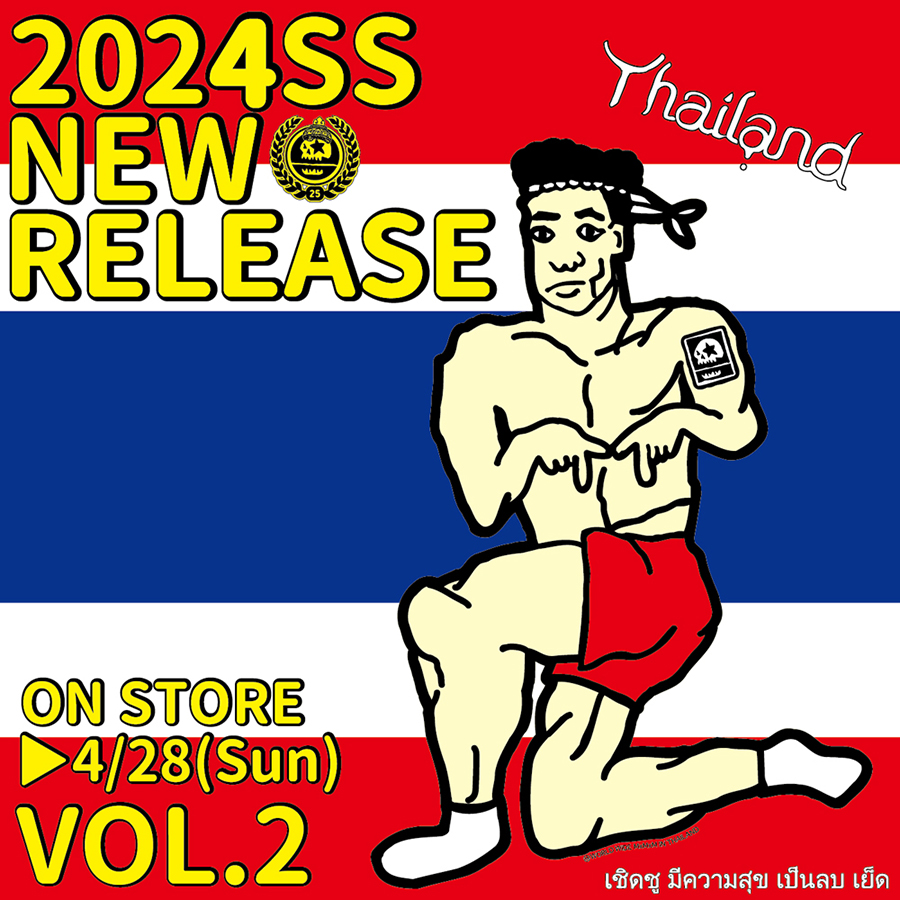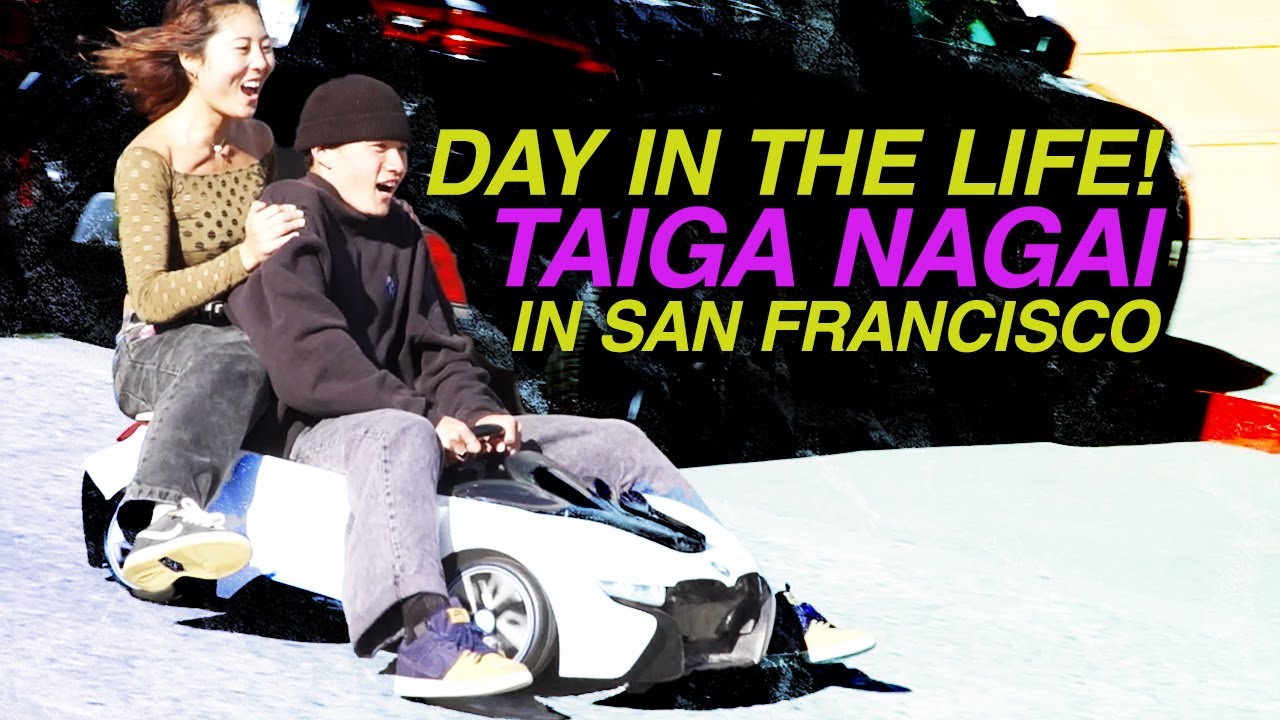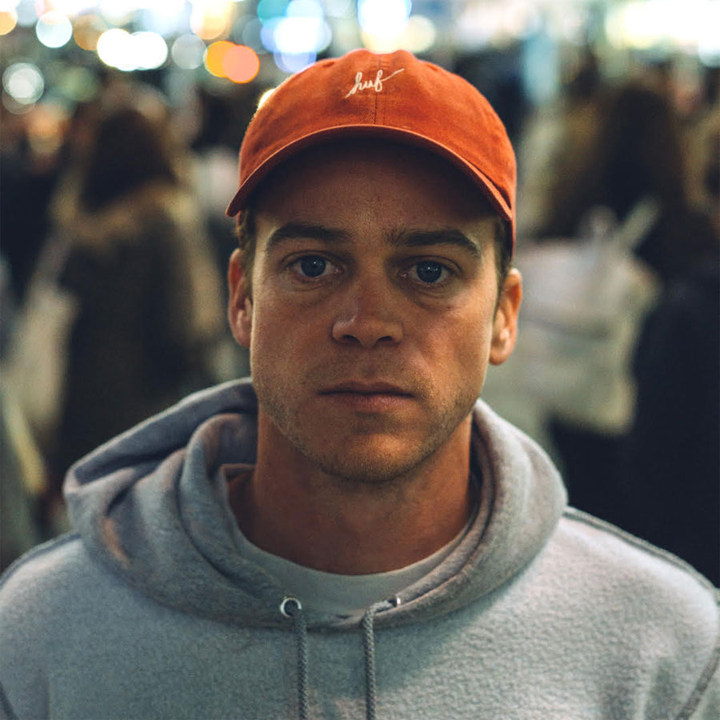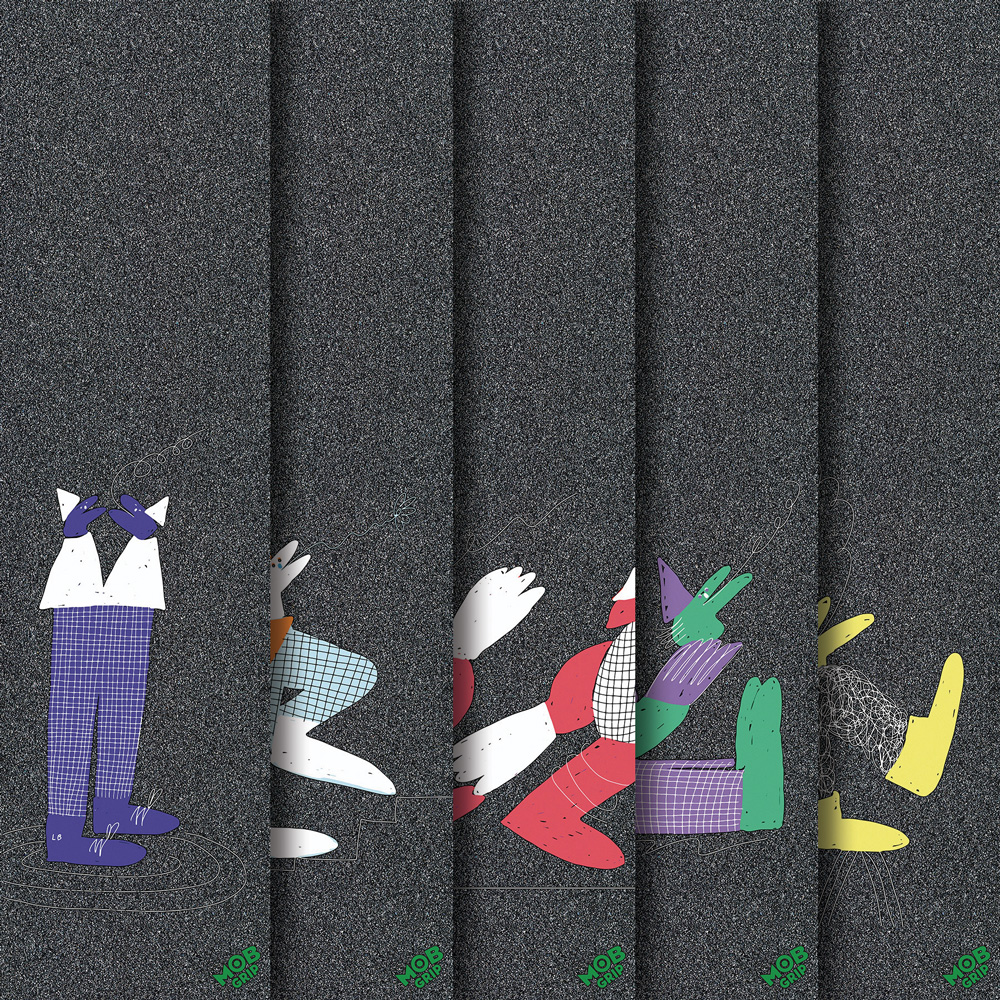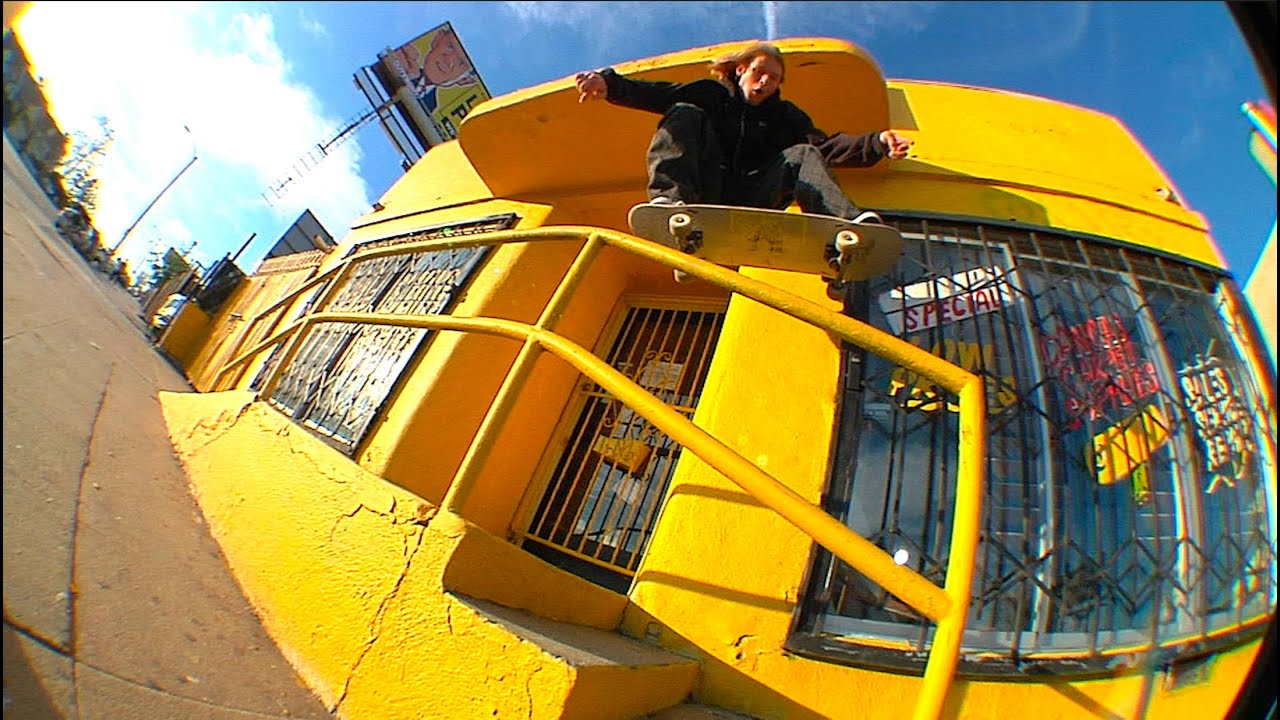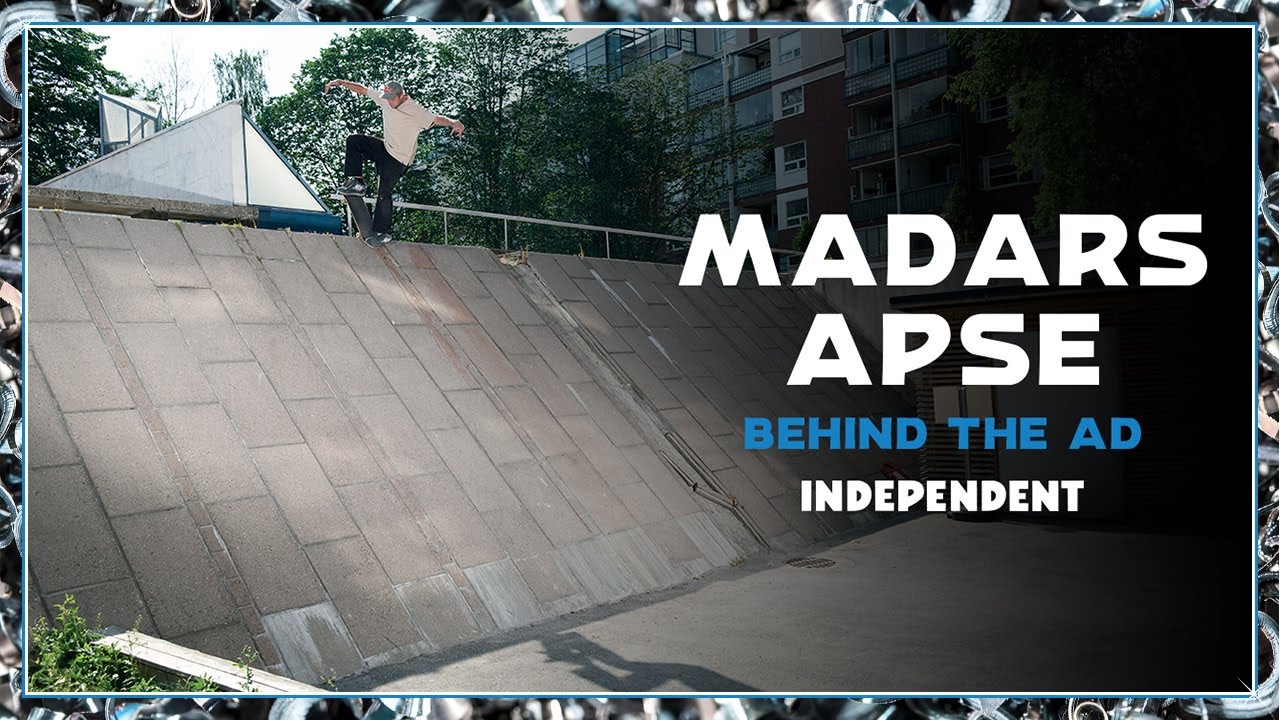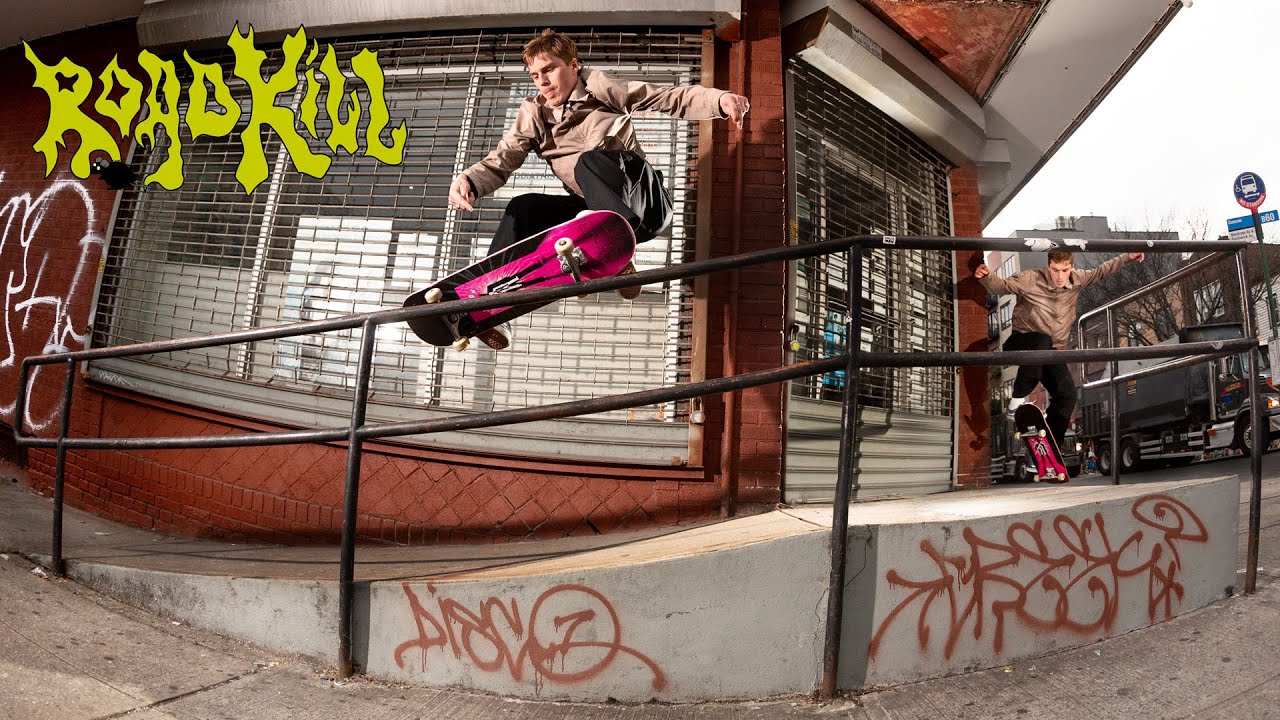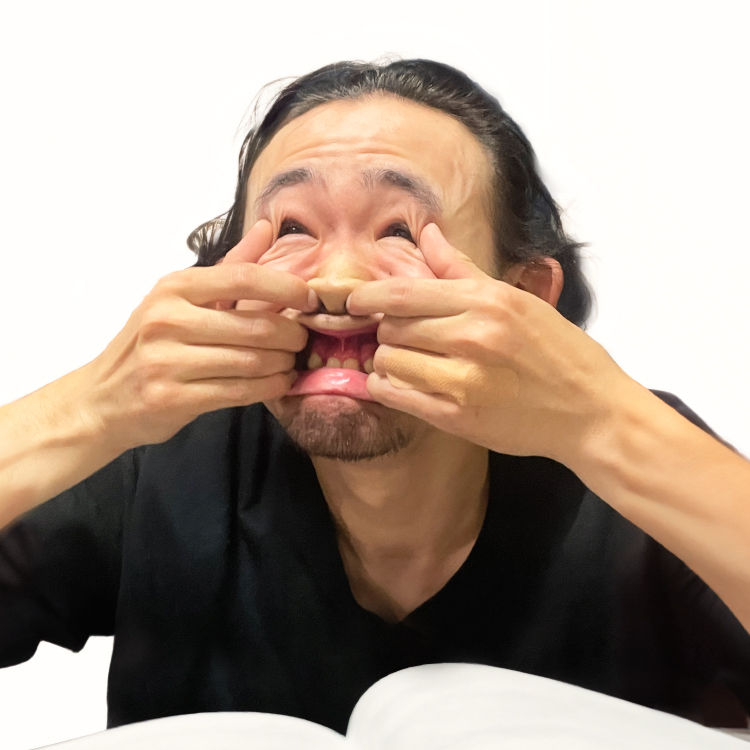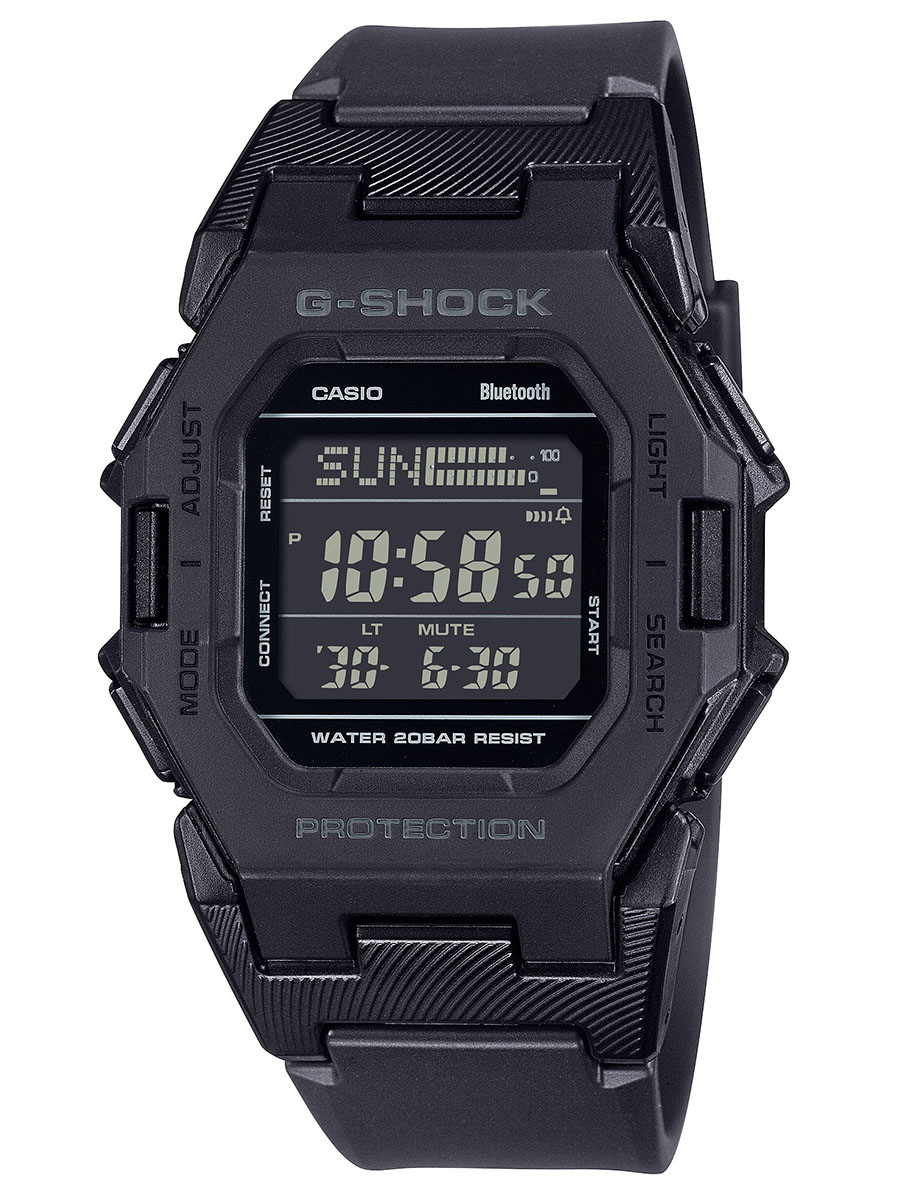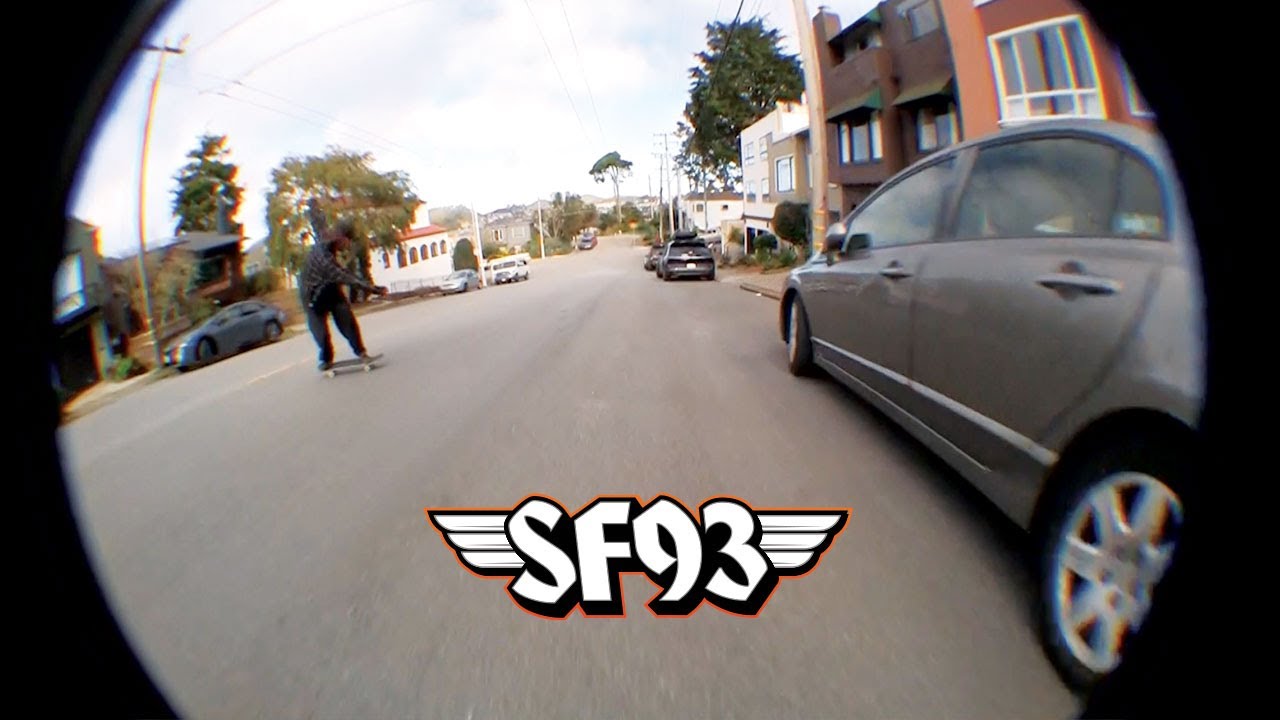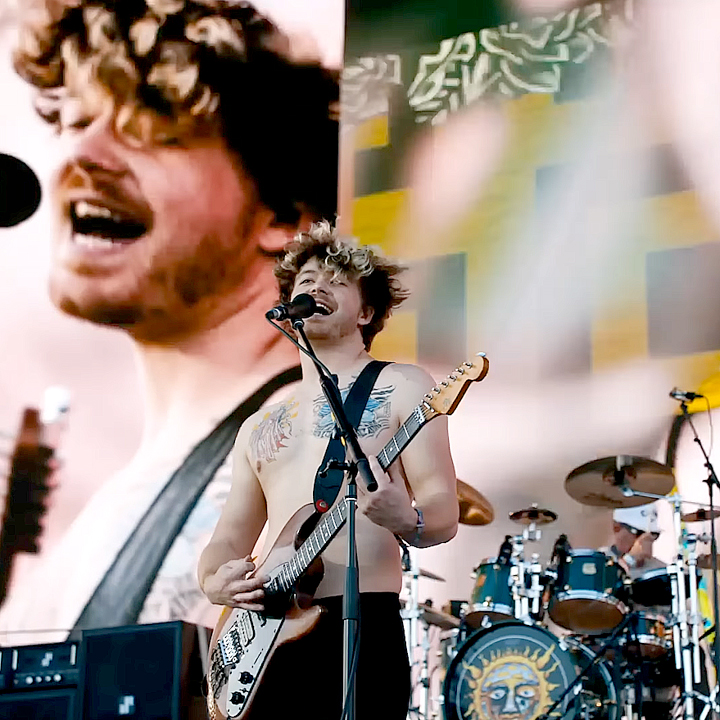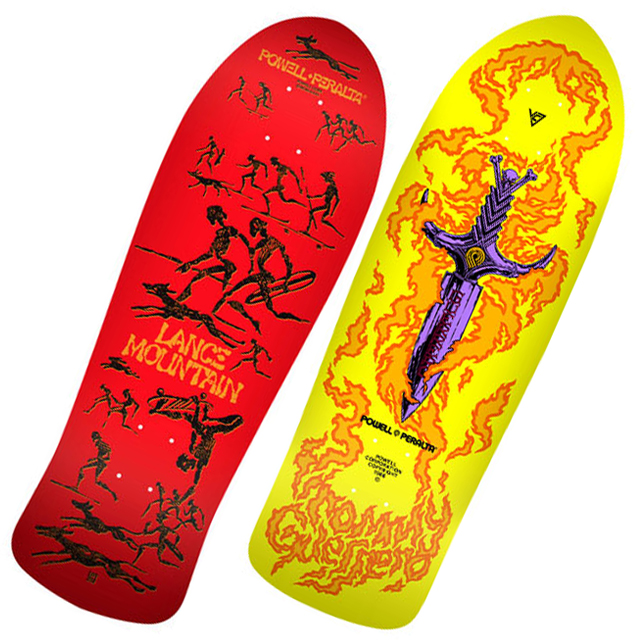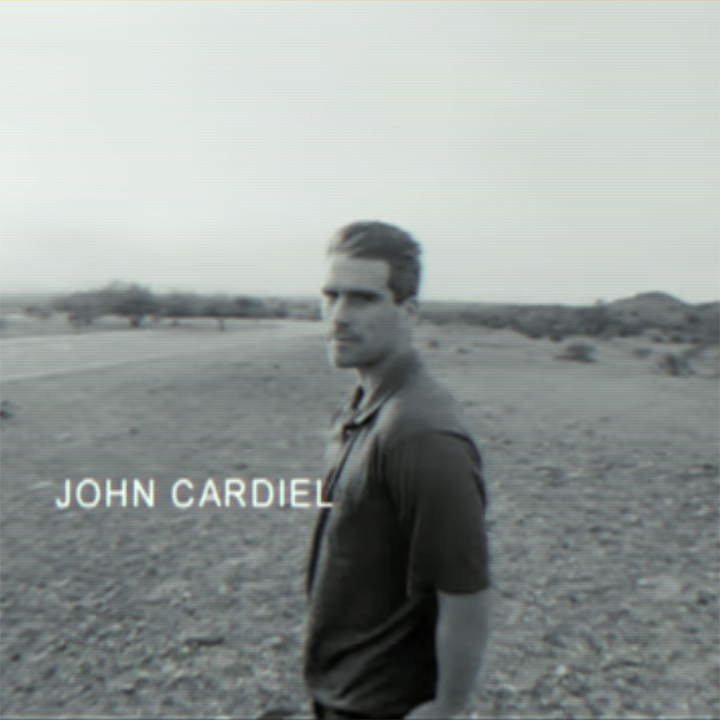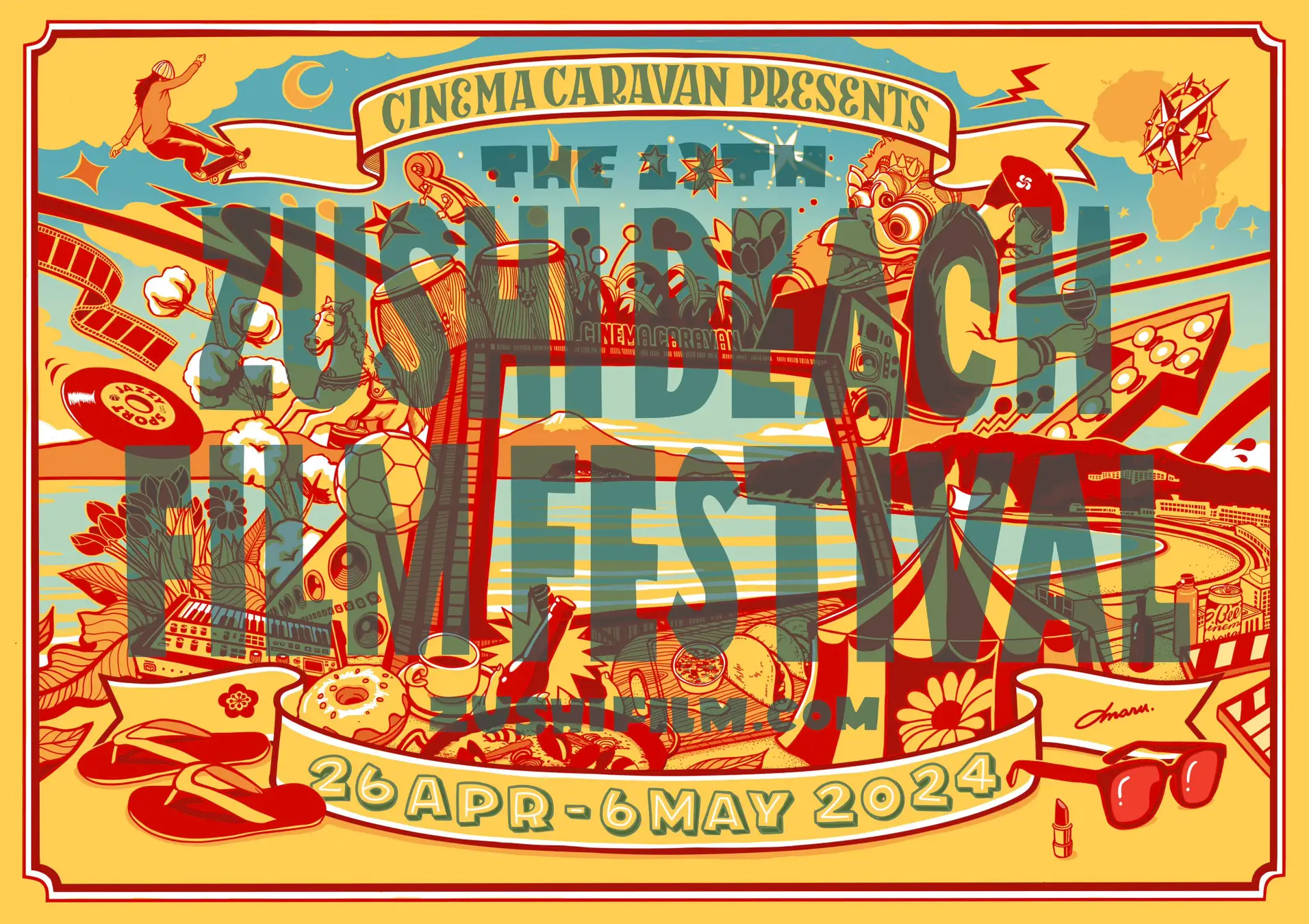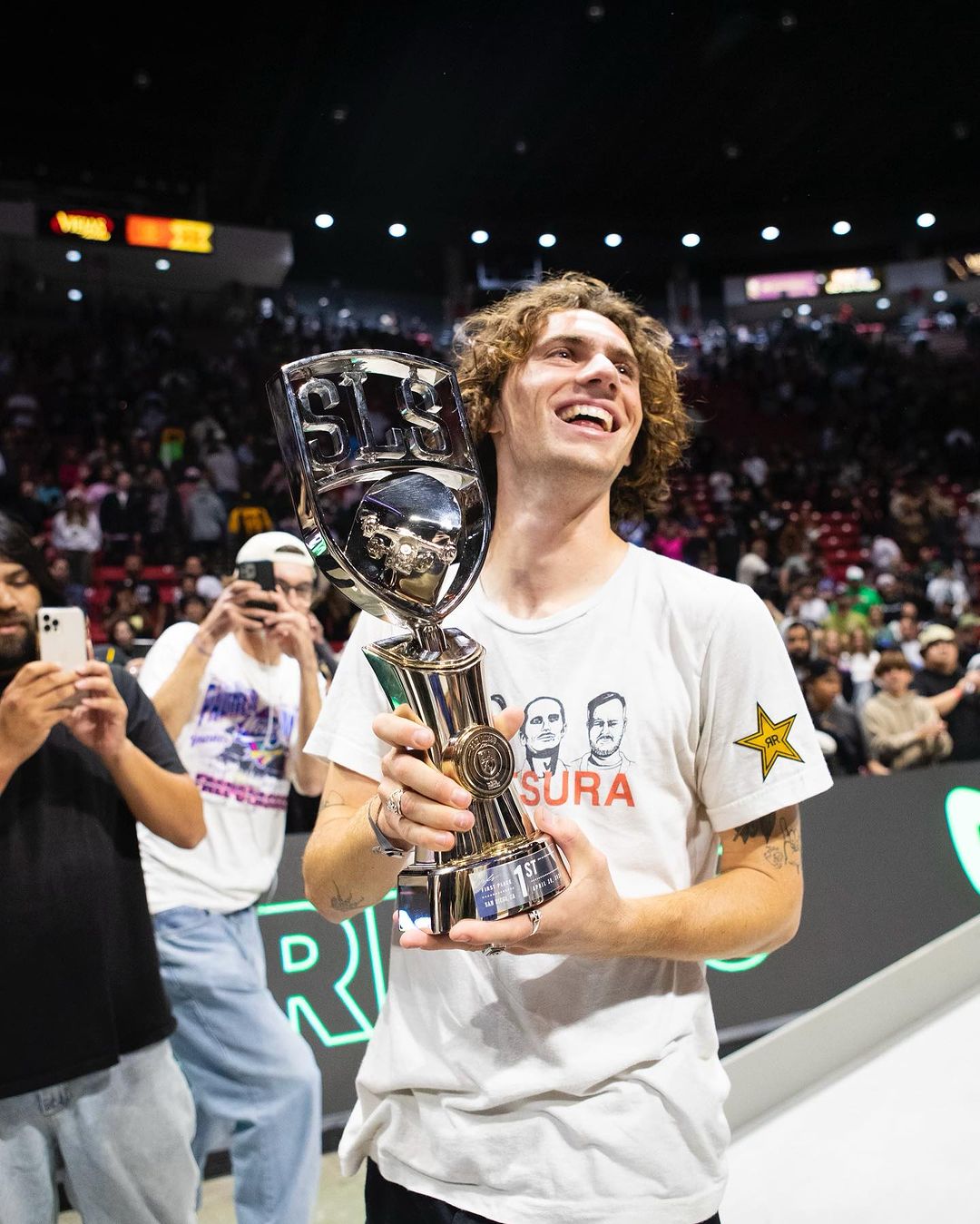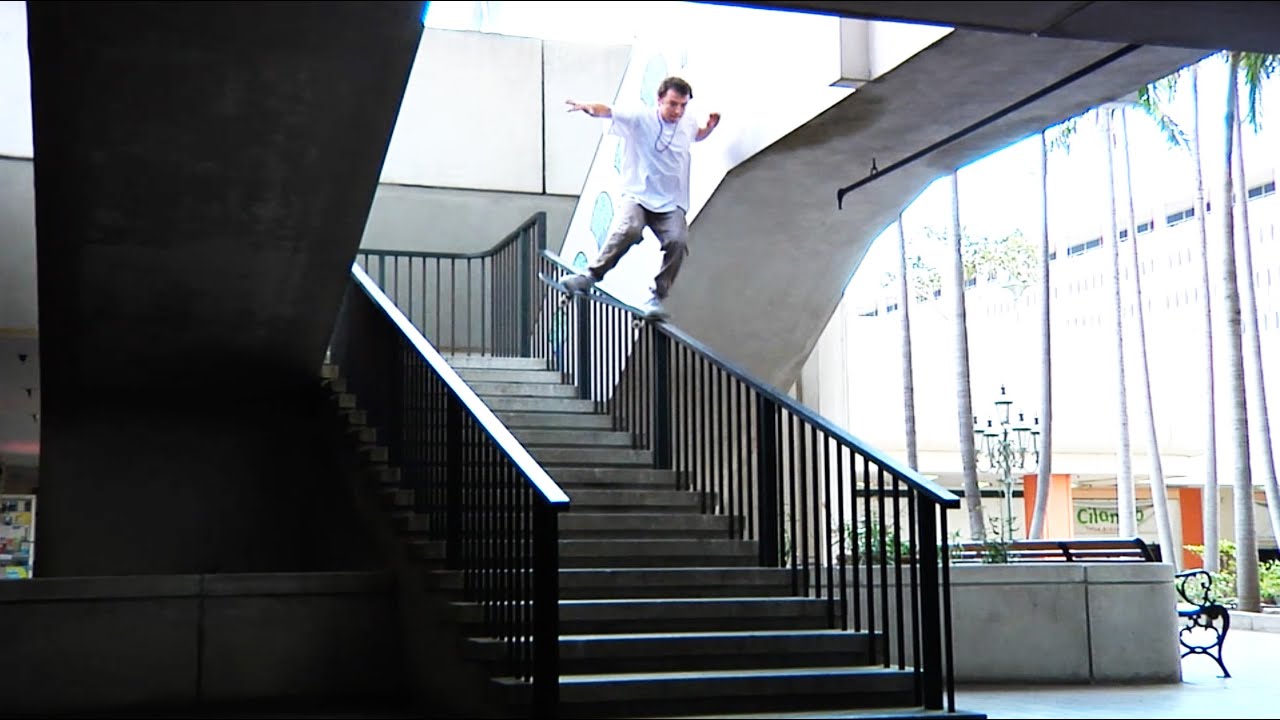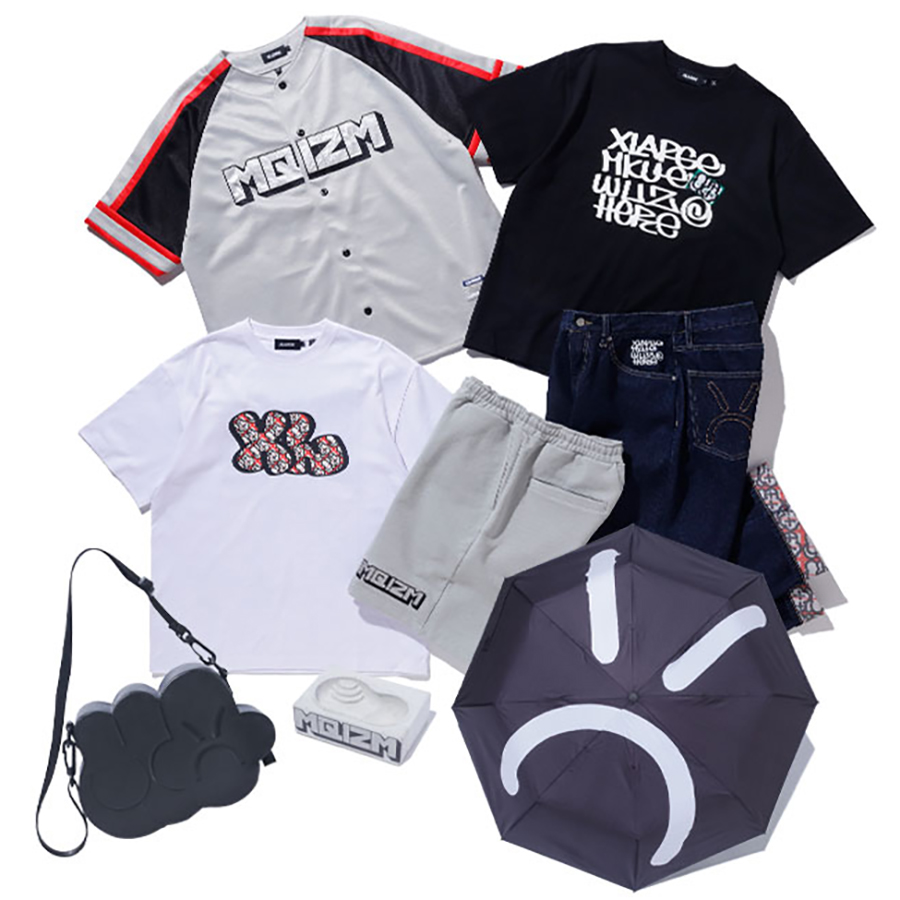Element's "PEACE" director Jon Miner looks back on the making of the video. These words are a must read for aspiring filmmakers.
──JON MINER (ENGLISH)
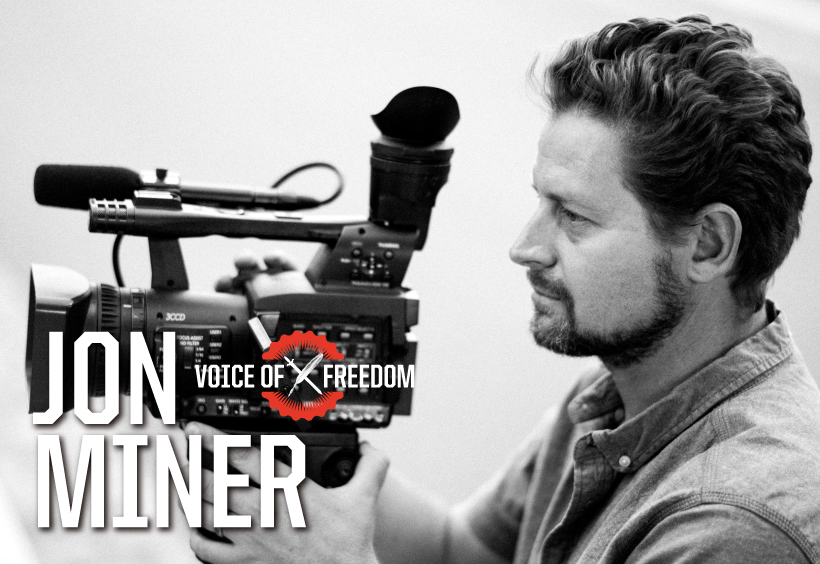
[ JAPANESE / ENGLISH ]
Photos courtesy of Element, Special thanks: Element Japan
VHSMAG (V): You moved from Emerica to Element. What attracted you to Element?
Jon Miner (M): One of the main reasons I was attracted to Element was the opportunity to work with so many talented individuals, the team and the crew working behind the scenes. I was friends with some of the skaters and helped out with shooting Brandon Westgate’s “welcome to the team” video alongside Mark Stewart. Brian Gaberman (who is one of my best friends going back 25 years) was with the brand as an “Element Advocate” as well as Thomas Campbell and Fred Mortagne, all very talented artists who I had worked with in the past. The goals that they described surrounding the video sounded ambitious and very challenging. However, with all the players involved it was an offer I had to accept. Leaving Emerica was honestly one of the most difficult decisions of my life. I was there for 17 years! It was the most incredible experience and I have so many cherished memories. I’ll always have nothing but love for those guys.
V: VX and HD, there are many options for filming. Which format works best for you?
M: I follow where the project leads. The Element video was shot by so many cameramen with all kinds of different HD formats (2k and 4k). The majority of the footage was shot with the Panasonic HPX so that became the base line. VX has a very unique “skate video” quality but I can’t say I miss it. The cameras were always breaking down and working with tape was an annoying process. However, sometimes I still bring a VX along to record audio. That analog audio sounds far superior to the HD mics I’ve dealt with so far.
V: There are so many videos popping up online and it seems hard for a video to stand out nowadays compared to the earlier days. What's your take on that?
M: It’s sad to see how some videos disappear into cyberspace considering how much work goes into it. Kids growing up now have access to new video content daily. If I were a kid, I would probably be pretty stoked! Whether or not they become numb to it or if its exciting is hard to say…
V: What's the importance of full-length video?
M: It’s the opportunity to tell the story of a skate team. It’s a peek into a crew and their scene whether they’re from small towns, cities, or from around the globe. If a team is a genuine group of friends that are out there ripping, then skaters will feel that and relate to it on a deeper level.
V: Some say PEACE is this generation's Questionable Video.
M: That sounds like a huge compliment but I personally disagree. I don’t think there will ever be a video as memorable as “Questionable” in terms of the progression of skateboarding.
V: What was most memorable thing from the shoot?
M: Evan Smith. His skating is so spontaneous. I learned quickly that I had to set up right away and be ready for anything. He’s honestly one of the greatest skaters I’ve ever witnessed. Video parts can’t do him justice.
V: What was most challenging from the shot?
M: Shooting a video, especially a full length, is a process of getting to know the skaters/crew and establishing a relationship built on trust. If the relationship is strong that is what allows for good chemistry. It was challenging to have to go through that process with a large group of skaters in a short amount of time. Most of the crew were working on the project for close to five years, while I was on board for only the last year of the project.
V: I can see a lot of thought went into the opening shot for each part.
M: Part of my job was to figure out ways to incorporate the “advocates” and their vision into the project. Element has three of the best photographers in skateboarding: Brian Gaberman, Fred Mortagne, and Jake Darwen. Most of those shots were composed by those guys, the same way they would approach composing a photograph. Brian Gaberman gave each shot a treatment, conceptually similar to his process of printing a black and white photograph. The artwork of the name title/graphic was created by Andy Jenkins and the graphic animations by Johannes Gamble. The idea was for each shot to be a still shot with a “peaceful” vibe to contrast the video parts which are much more action based shots with camera movement. Like most ideas it took on a life of its own. For example, Evan’s shot is of him about to throw his board which isn’t exactly “peaceful”.
V: What was most awarding filming for the video?
M: Finishing it! There were times when it was difficult to see the light at the end of the tunnel. More specifically, I’m proud of Nassim’s part. I’m a fan of his skating (fast and stylish). We shot the majority of his part in a short amount of time and his edit came together naturally. Sometimes I have to wrestle with an edit to make it work but his part just flowed (I cut it in one day). That rarely happens and when it does you know it’s right. I’m proud of all the skaters and their video parts in one way or another but Nassim’s just feels like a classic shredding skate video part.
V: It may differ depending on whether you film in the rider's hometown or during tour, but how was the process of filming like?
M: I participated in the shooting of “PEACE” for a short amount of time. We went to Barcelona, Lyon, Hamburg, Boston, San Francisco, and spent the rest of the time shooting around Southern California. If time was more of a luxury, I would’ve dedicated some to shooting the skaters in their hometowns.
V: Who was the best to film with in the PEACE video?
M: Brandon Westgate, Julian Davidson, Mason Silva, Nassim, Madars, and Evan Smith. Unfortunately, Evan was injured at the end of last year and shooting was cut short. I felt like we were just starting to scratch the surface of shooting together. His injury was a huge bummer, we had big plans. Also, Jaakko was pretty amazing. We only shot a total of two weeks which ended up being almost half of his part. His part is mind blowing, but If we had more time shooting, his part would’ve been out of this world.
V: What are the types of skaters that make you want to film with?
M: Skaters who skate fast!
V: What are the roles of a filmer, other than the actual filming?
M: Again, it’s a relationship built on trust. Trust and patience. From my experience being the cameraman and an editor, it’s helpful to have regular footage review meetings and very clear communication with the skaters. Otherwise it’s easy for skaters to lose track of their progress and end up repeating tricks or wasting energy shooting lesser versions of tricks they’ve already done.
V: Fisheye and long lens, are there any trend on the way you film?
M: I don’t think so. I try to find a balance of all the tools available. There are so many different styles and different cameramen who’s work I admire. Honestly though, I’m not that passionate about shooting, specifically. I love the whole experience, being out in the streets with the team. Figuring out spots that match a skillset, the thrill of the hunt! What feels most rewarding to me is helping a skater reach their potential.
V: What are the things you keep in mind when filming?
M: From an editing standpoint it’s nice to have a variety of shots to cut with. Most of the time there’s a second or third cameraman so it’s important that we’re all making a unique contribution to the session. For example, if I’m the only cameraman on the scene then I’m going to focus on what’s most important about the session, which in most cases is shooting the trick. If there’s a second or third angle, then I’ll assess each camera operator’s strengths/skills and in most cases have them shoot the “safe” angles while I try something more experimental. I love shooting film, that’s always fun being the guy who lurks around and films the atmosphere surrounding the trick.
V: What are the things you keep in mind when directing a video?
M: Being patient and understanding that everyone is living different lives and that life can be challenging. Communication is so important! Like I said before, recognizing each person’s strengths and using them to the project’s advantage. Letting go of ego. It’s important to empower those around you so that everyone feels a sense of pride.
V: What's the most important thing for making a solid video?
M: Powerful skating and good chemistry between the group.
V: Do you listen to skaters' requests when working on video? For instance, Operation Ivy songs were used for Brandon Westgate. What was the intention behind it?
M: Of course. Some skaters are more opinionated than others when it comes to music. For example, Nick Garcia picked his song. He has great taste in music and I really valued his opinion. Brandon on the other hand has no interest in music selection. I’ve edited 3 or 4 video parts of Brandon over the past 12 years. Coming up with music that is something new and exciting can be challenging. I was trying to think along the lines of different genres. Rap, reggae, etc. the stuff I was exploring either felt too cliché’ or was bands on major labels that I knew would be a licensing jam up or simply out of our music budget. Brandon seemed like a good pick for first part, so the music choice had to be something with an upbeat vibe. I was trying out some different hardcore, punk rock, and reggae jams which felt like a step in the right direction but none of it fit. During that time, I was watching the old H- street, Life, and Planet Earth videos…finding bits of bits of inspiration from my childhood. Operation Ivy was one of the OG bands to combine punk and ska and is one of my all time favorite bands. I grew up in Northern California and they were a very popular band in the bay area. My older sisters got me into them and my buddy, had their early 7”. We made a “sponsor me” video to the songs off their first EP “hectic”. Operation Ivy and another band off “lookout records” called “Crimpshrine” were our favorites. This was before the Life video “a soldier’s story” and Planet Earth’s “Now n Later”.
V: Skaters form the '90s all love Operation Ivy.
M: The reason I mention this is because I think it’s important to understand that I have a deep connection to this music. Kien Lieu and John Reeves part is also one of my favorite video parts. The opening shot of John Reeves doing the nosegrind on the picnic table, the camera pans up to his face and his name pops up, brilliant! Donger’s style, loose trucks with Chuck Taylors, that footage is timeless. I grew up during the launch ramp era and wanted to be able to do ollie method airs like those guys.
V: A lot of powerful skaters were in that video.
M: I’ve thought about Operation Ivy for Brandon in the past and thought it would be a good fit, but it just didn’t feel right for the Emerica videos. The more I though about it I started to ask myself “why not use Operation Ivy?" I think Brandon’s skating is a modern day version of Donger, JTMR, and Sheffey’s skating in terms of speed and power. I thought there could be a way to pay homage to those guys and their raw style of skating. All these ideas were circulating in my head and then I saw a post on Instagram of the bump over fence at the classic School. I was amazed that it was still there and and hadn’t been skated since those videos came out almost 30 years ago! Brandon and I missioned out there to Poway, CA and found the spot! The bump is actually difficult to hit and the fence is tall and very close to the bump. It makes sense that it hasn’t been skated for so long. Brandon ollie’d it a few times and eventually kickflipped the fence! We were so stoked! I felt like a little kid just being at that spot, so much skate history in one schoolyard. I purposely shot the kickflip from the same angle that Donger's kickflip grab was shot from to make it very clear that we were paying homage to him, the trick, and the spot. There’s a connection between that spot being un-skated all this time and Operation Ivy not being used since those videos. So I decided “fuck it, I’m going to break the rules and reuse a couple songs. I knew some older generation skaters would be offended and some would make the connection and it would bring back good childhood memories. Also, it was an opportunity to reintroduce Operation Ivy to a new generation of skaters, that idea weighed heavily towards the decision to go ahead with it. The older generation already knows how amazing Brandon is, I wanted his part to connect with a younger audience.
V: What's the story behind the title PEACE?
M: It was one of many titles that was tossed around. Initially I didn’t like “peace”. It sounded generic and made me think of 60’s/70’s peace, love, flowers, you know? Hippy stuff. I googled “peace” and found the definition we used in the video “peace is a certain quality of existence which has been sought after yet seldom found in a long enduring form…” So essentially peace is a feeling, it’s a moment in time, a fleeting moment. It relates to skateboarding and the goals skaters set for themselves. When you land a trick, especially a trick you spend time learning, when you land it there’s a moment of relief, an exhale, and happiness. That’s a form of peace. Skate videos are a compilation of those moments. Another thing I thought about is the Element team and how they’re a group of individuals who seem to march to the beat of their own drum. Evan, Madras, Westgate, Greyson, etc.… these are guys who aren’t interested in trying to fit in and follow skateboarding trends. They are very much on their own trip. They’re examples of individuals with inner peace. Regardless that the team is spread out across the globe it was very obvious that these guys really care for one another and are out there supporting each other. When I went through the footage I came across so many authentic moments of the team hugging and celebrating when one of them landed a trick. I’m not sure I’ve ever seen such a strong level of international camaraderie, which I thought was another example of peace. I liked the idea of making a video with a positive message. I wanted to avoid coming across as over confident or pretentious, more like this video is a peace offering. All I’m saying is give Peace a chance, haha.
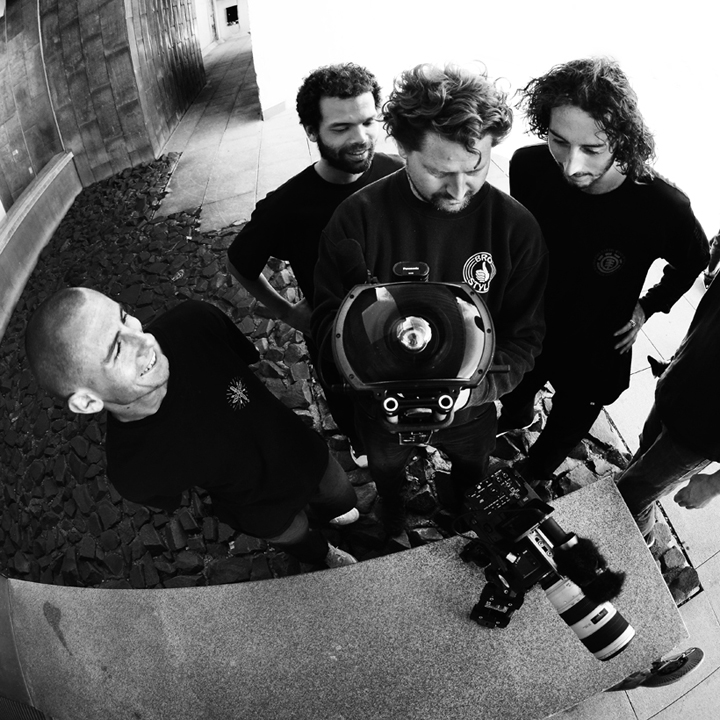
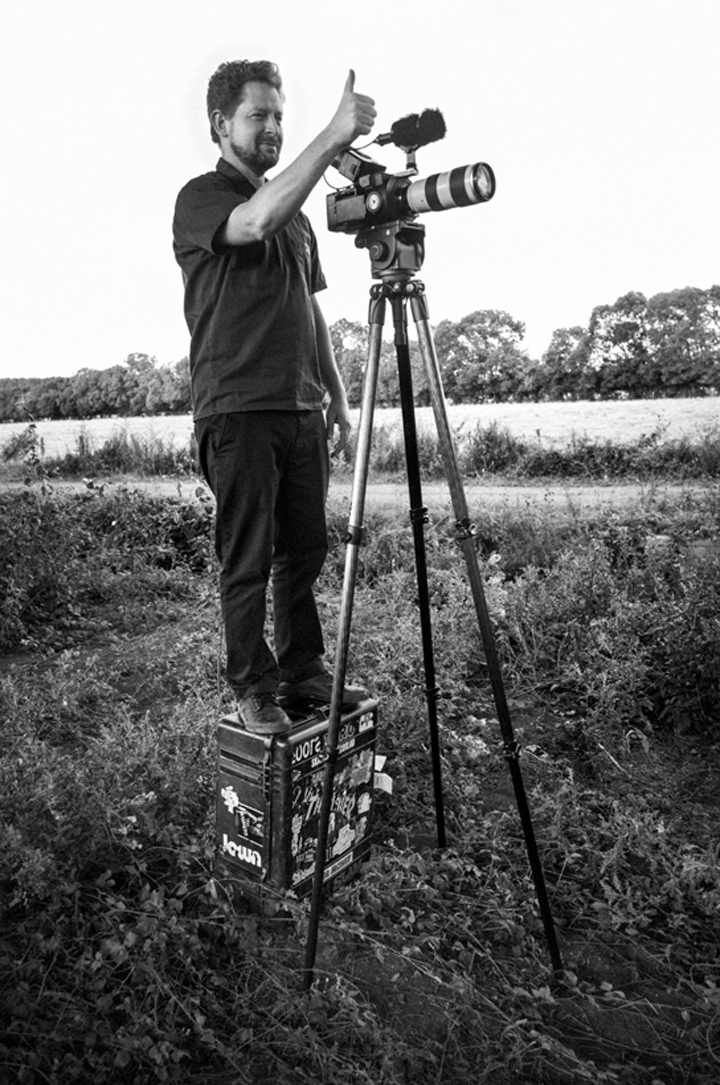
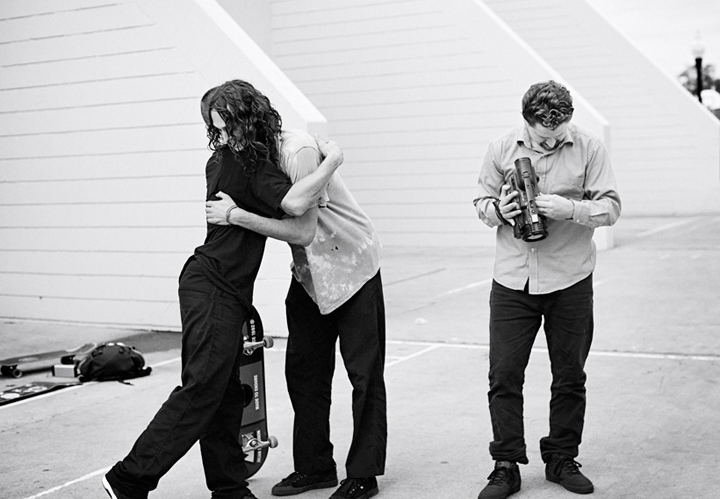
V: Advice to young filmmakers?
M: Be positive, patience is key, always try to be supportive of the skaters. Don’t be afraid to ask questions. Try not to be too judgmental. Don’t let your ego prevent you from learning and growing. If you get to the point where you can sell your footage make sure to be very accommodating in the beginning. The focus is making a good name for yourself, the last thing you want is to have a reputation for being difficult to work with.
V: What's next for Jon Miner?
M: There’s talk of a project with Jaakko that sounds exciting. Hoping to build a team of younger talented video heads. My goal is to be in a position to help mentor some of these guys so they can step up and become the next generation of video makers.
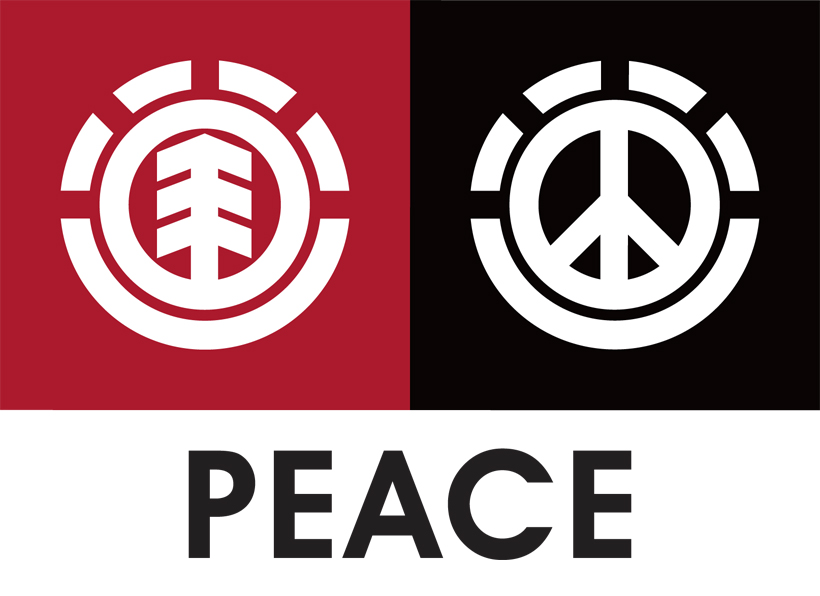
Jon Miner
@jon_miner
He's known for directing Emerica's videos "This is Skateboarding," "Stay Gold," etc, and has just directed Element's "PEACE" video which is said to be the greatest video that the company has ever released. He's also known for skating for brands such as ATM in the '90s.









